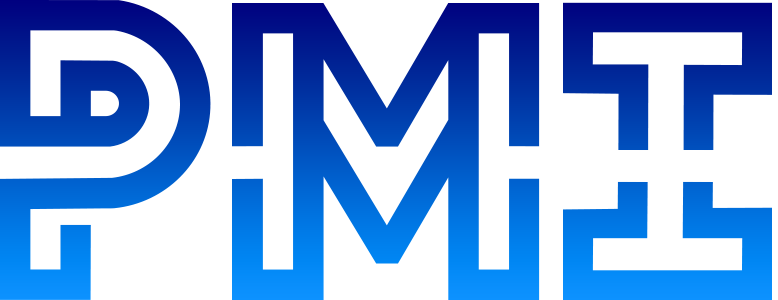Turns Workforce Data into Your Road to Business Growth
At PMI, we empower organizations with HR-driven data analytics to maximize decision-making and workforce effectiveness. Our solutions give real-time visibility into Talent Acquisition, Engagement, and Development, so organizations can attract, retain, and grow top performers effectively.
We maximize Workforce Planning and Talent Sourcing so that businesses bring their talent strategy and goals into sync. Our Performance, Potential, and Rewards Analytics facilitate data-driven assessments for more effective employee recognition and retention. Our Collaboration Analytics also enhances teamwork and productivity through data-driven insights on team dynamics.

Through the use of AI, predictive modeling, and interactive dashboards, PMI transforms raw data into actionable intelligence, allowing businesses to improve productivity, retain employees better, and develop future-proof teams. Have PMI assist you in developing a high-performing, data-informed HR strategy today.
Advantages and Benefits of HR Analytics Services
- Facilitate informed decision-making with data insights on real-time
- Lower turnover by determining risks of attrition and optimizing employee retention programs.
- Automate recruitment with AI-powered analytics to hire the right people faster.
- Reduce HR costs by identifying inefficient processes and optimizing resource allocation.
- Enhance productivity through the analysis of workforce performance and training program optimization.
- Enhance compliance with automated monitoring of labor legislation and corporate policies.

Key Features
- Talent acquisition, retention, engagement, and Development Analytics.
- Workforce Planning and Talent Sourcing Analytics.
- Performance, Potential, and Rewards.
- Collaboration Analytics - Building Effective Team.
